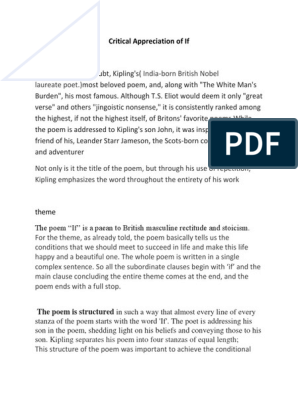0% found this document useful (1 vote)
457 views16 pagesRabindranath Tagore
Rabindranath Tagore was a Bengali polymath who reshaped Bengali literature and music in the late 19th and early 20th centuries. He won the 1913 Nobel Prize in Literature. Tagore wrote over 2,000 songs, stories, novels, essays and plays. His works were acclaimed for their lyricism and addressed both personal and political topics. He was influential in India's independence movement but also advocated for cooperation with Britain. Tagore founded Visva-Bharati University to promote international cultural exchange. His compositions were adopted as the national anthems of India and Bangladesh and inspired Sri Lanka's national anthem.
Uploaded by
Sneha KCopyright
© © All Rights Reserved
We take content rights seriously. If you suspect this is your content, claim it here.
Available Formats
Download as PPTX, PDF, TXT or read online on Scribd
0% found this document useful (1 vote)
457 views16 pagesRabindranath Tagore
Rabindranath Tagore was a Bengali polymath who reshaped Bengali literature and music in the late 19th and early 20th centuries. He won the 1913 Nobel Prize in Literature. Tagore wrote over 2,000 songs, stories, novels, essays and plays. His works were acclaimed for their lyricism and addressed both personal and political topics. He was influential in India's independence movement but also advocated for cooperation with Britain. Tagore founded Visva-Bharati University to promote international cultural exchange. His compositions were adopted as the national anthems of India and Bangladesh and inspired Sri Lanka's national anthem.
Uploaded by
Sneha KCopyright
© © All Rights Reserved
We take content rights seriously. If you suspect this is your content, claim it here.
Available Formats
Download as PPTX, PDF, TXT or read online on Scribd
/ 16
























































































